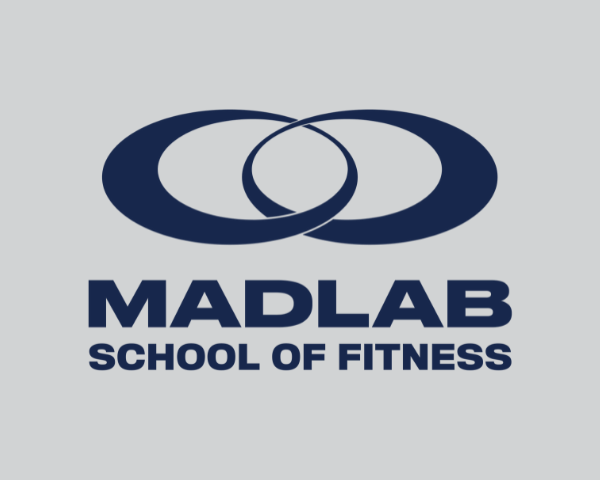FIVE REASONS COACHES SHOULD BE ON PERFORMANCE-BASED COMPENSATION.
From what I have experienced at Madlab School of Fitness—and what has been reiterated to me from various other gyms who transitioned to a percentage of revenue compensation system— is that when coaches are paid a percentage of revenue, the business flourishes, too.
Carl Brenton at 7 Mile Strength and Fitness, Cayman Islands:
His revenue in 2014 when he paid his coaches by the hour was less than $250,000. Since switching to a percentage of revenue model, it has consistently increased every year. In 2015, his revenue jumped to $330,000, in 2016 to $500,000, and by 2017 it was nearly triple what it was in 2014.
Why does percentage of revenue work better than by the hour?
Five Reasons Why:
1. Properly-aligned incentives: The two most important metrics to grow a financially profitable business are:
a). Client retention
b). Average Client Value (ACV)
Simply put, how much are your clients paying, and how long are they sticking around? Pretty simple to understand.
Under the hourly wage system, coaches are not paid based on those metrics, so what would drive them to try to increase client retention or average client value? In other words, the coach's incentives aren't aligned with the business's incentives. In the percentage of revenue system, coaches are compensated based on those metrics, meaning everyone's incentives are aligned properly.
2. Incentivizes the coach to bring in and retain clients: Since the coach is responsible for a book of their own clients, the coach has to become a (here comes a dirty word)… salesman.
As a gym owner, it's a pretty big relief once your coaches start asking for referrals, coming up with their own marketing campaigns, and bringing new clients into the gym.
Even more important than bringing in new clients is retaining them. New clients require a lot more energy for the coach than someone who has been there for five years. Since a coach knows if a client quits, they lose money, they start to take it upon themselves to do all they can to ensure people stick around. As an owner, suddenly, you're not the only one taking clients for coffee or lunch, writing a program for them when they're nursing an injury or going to your clients' kids' Christmas concerts. I personally make sure I hang out with each of my clients at least once a year outside the gym. Obviously, there are clients who become good friends who I hang out with more than that, but at the very least, I'll go for coffee, lunch, or have each client over for dinner once a year. I also do one big wine and cheese event for all my clients once a year.
I know this question will come up, so I'm going to address it right now: "What's stopping the coach from taking all their clients and leaving to open his own gym?" To this, I ask you this question: "Have you ever had a coach make $75,000 to $100,000 and pack up and leave the next year?"
3. Incentivizes the coaches to do the behind-the-scenes things: I have heard complaints from gym owners before that their coaches are 'useless' at seeing things that need to be done around the gym. For example, a poster falls off the wall in the entrance. Do your coaches pin it back up or leave it for you to do? Do your coaches clean it up if a toilet overflows, or do you receive a text message informing you of the situation? Under this system, coaches see things that need to be done around the gym, and they do them. Gone are the days where you arrive at the gym with post-it notes waiting for you, telling you three more simple tasks you need to do that morning.
With myself and the other coaches, I work with, these roles have been carved out naturally based on what we're good at. I am certainly not the one doing any handyman construction fixes around the gym (that's Tom's job), nor am I updating the rowing machines (that's Andy's role), but if something needs to be written for a marketing campaign, I know I should step up and whip up a paragraph or two.
4. Incentivizes the coaches to save the business money: While this is a bit outside the scope of this article, under this system, coaches are responsible for variable costs (The business covers fixed costs like rent and heat, and the coaches split the costs of things like toilet paper, cleaning, whiteboard pens (for us, it works out to about 4% of the revenue I raise each month, so if my personal revenue for the month is $12,000, I would have to pay $480 for variable costs). This encourages coaches to stop their clients from using an entire block of chalk to get through 100 pull-ups and doing our own research to find a cheaper cleaning company. Not only does this save the business money when your coaches are thinking that way, but it also saves the business owner time, time and a lot more time.
5. Payroll is tied to revenue: There's nothing more stressful for a small business owner than getting to the end of the month and wondering if you can afford payroll. Under this system, your payroll is entirely dictated by your monthly revenue. And it's in everyone's best interest—the coaches and the owner—to increase revenue. Under the dollars per hour system, coaches don't care if the business is doing well. They just show up and coach and get compensated for the hours they work.
The overall message:
When your coaches are paid on a percentage of revenue basis, they start thinking and acting like entrepreneurs, develop business savvy of their own, and the business benefits in the form of revenue and profit, not to mention fitter clients who stick around!
Menu
Contact Us
1980 Clark Drive
Vancouver, BC Canada
V5N 0A9
info@madlabbusiness.com
Follow Us

Copyright © 2023 Madlab Business. All Rights Reserved.

